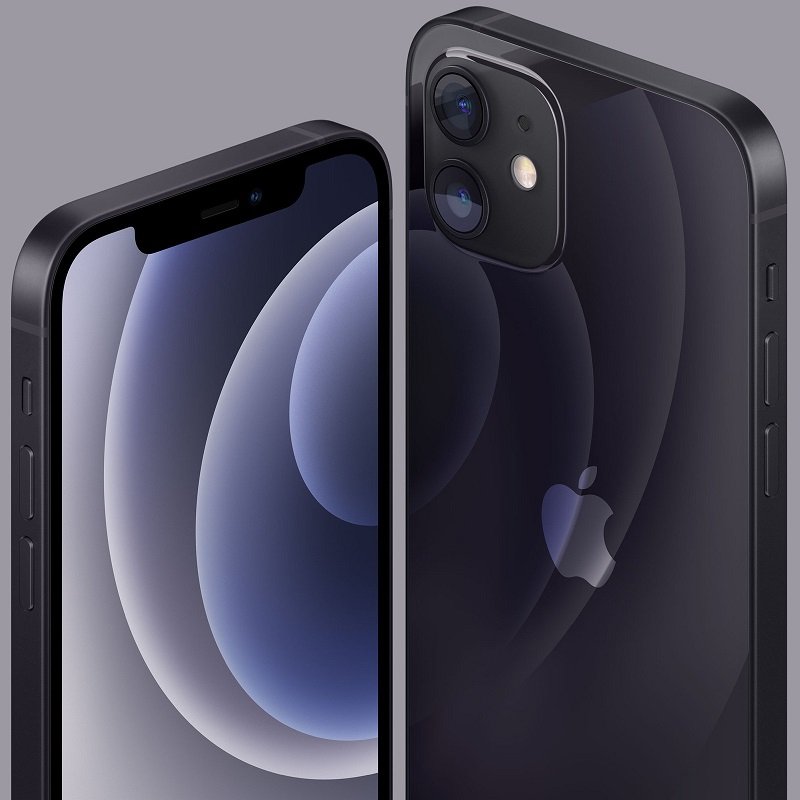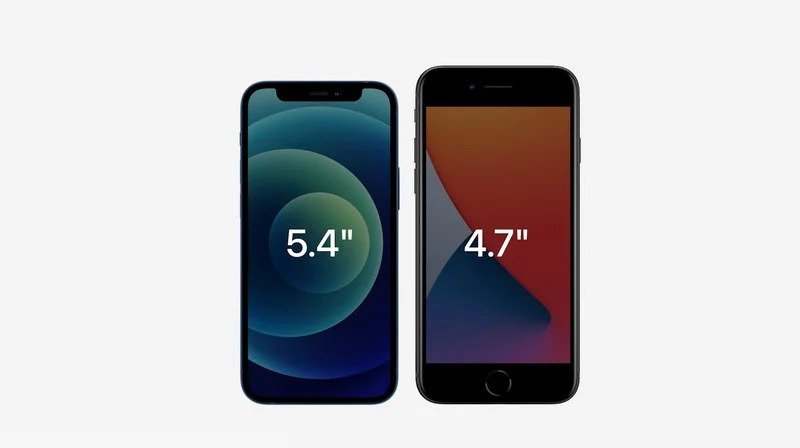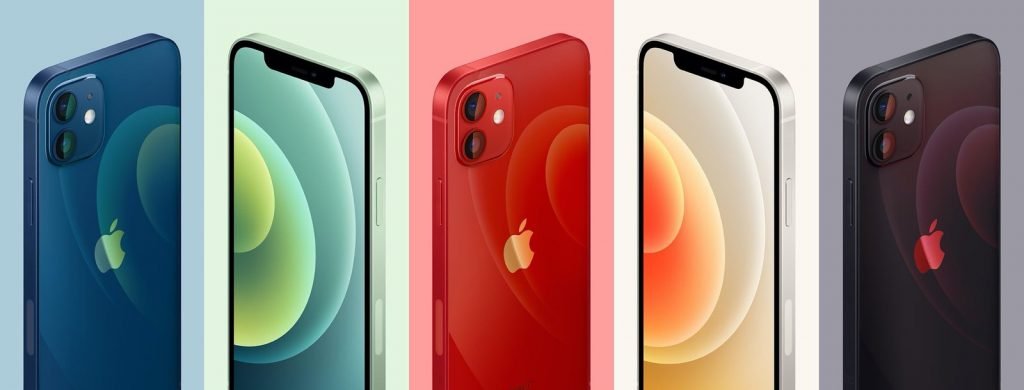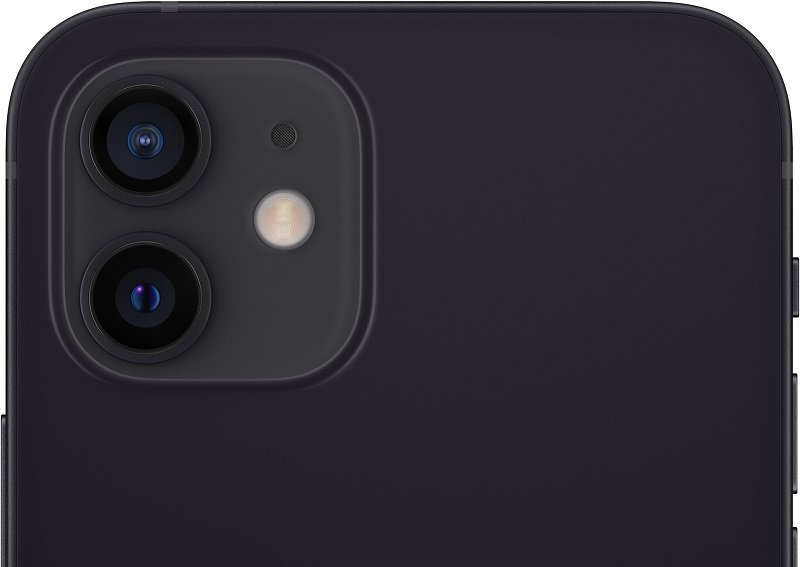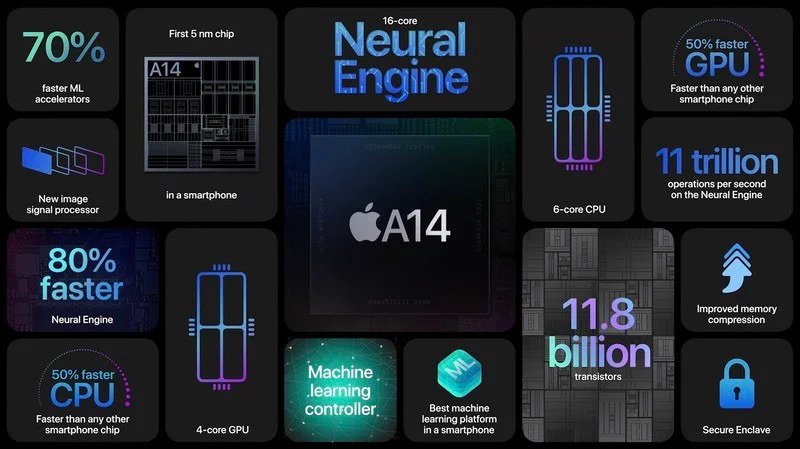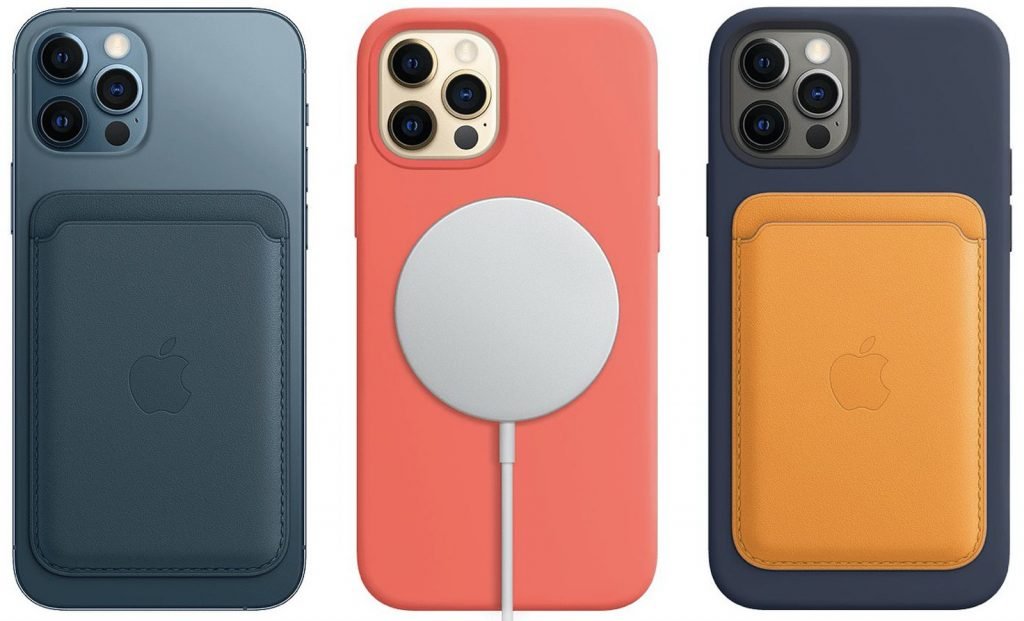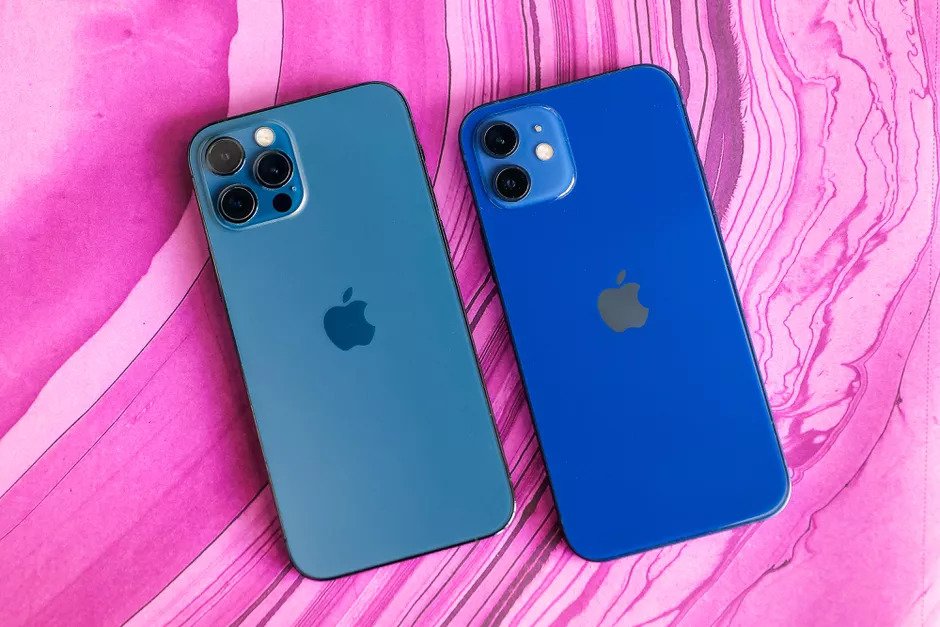iPhone 12 Mini and iPhone 12 Pro Max Reviews Roundup
Apple in October 2020 unveiled the iPhone 12, 12 Mini, 12 Pro and 12 Pro Max, the smartphone offers a range of powerful features at an affordable price tag
Author:Daniel BarrettMay 29, 202232.2K Shares1.6M Views
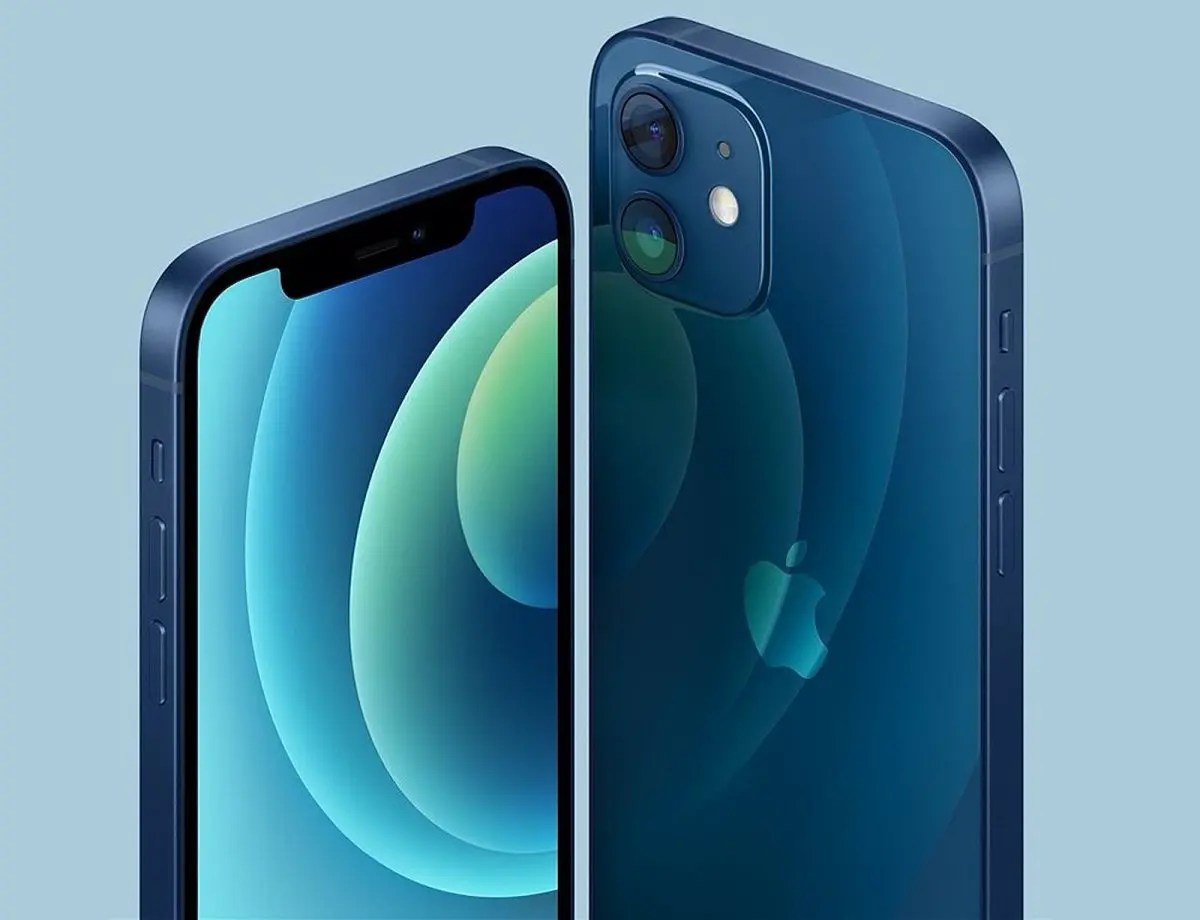
Apple on October 13, 2020 introduced its newest flagship iPhones, the iPhone12 and iPhone 12 mini, which offer powerful features at an affordable price tag. Sold alongside the more expensive iPhone 12 Pro and iPhone 12 Pro Max, the iPhone 12 and 12 mini are ideal for anyone who doesn’t need Pro camera features.
The new device offers an all-new design, a better processor, an improved camera, and more. Each model has its own unique traits and features. Not exactly sure how much size varies between all the models? Be sure to read our size comparison article. Here’s what you need to know about the new phones.
The 6.1-inch iPhone 12 is a successor to the iPhone 11, while the 5.4-inch iPhone 12 is an all-new size and marks the smallest iPhone Apple has introduced since the 2016 iPhone SE. Aside from screen size and battery size, the two phones are technically identical. With its small size, the iPhone 12 mini will be ideal for those who prefer an iPhone that can be used one-handed.
All iPhone models this year feature Super Retina XDR OLED displays for the first time, with an edge-to-edge design with the exception of the Face ID notch and small bezels around the edge. There’s no difference in display quality between the standard iPhone 12 models and the Pro models.
There’s a new A14 chip inside the iPhone 12 models, and it is the first chip in the smartphone industry built on a 5-nanometer process for performance and efficiency improvements. Apple says the 6-core CPU and 4-core GPU in the A14 are 50 percent faster than the fastest competing smartphone chips. The A14 chip includes a 16-core Neural Engine that offers an 80 percent increase in performance for machine learning tasks.
Design
Apple introduced a new flat-edged design for the iPhone 12 and 12 mini, which is a departure from the rounded edges that have been used since the iPhone 6. The iPhone 12 models look similar to the iPad Pro models, and the flat edges also harken back to the iPhone 4 and 5.
The all-glass front and glass back panel are held together with an aluminum frame, which features a matte design and is slightly different in appearance from the stainless steel band used for the Pro models.
Display
For the first time, Apple has introduced OLED displays across the iPhone lineup. All of the iPhone 12 models feature a Super Retina XDR display.
There’s a 2,000,000:1 contrast radio for blacker blacks and brighter whites, and up to 1200 nits peak brightness for HDR photos, videos, TV shows, and movies. Typical max brightness is 625 nits on the iPhone 12 models.
The iPhone 12 features the same 2532 x 1170 resolution as the iPhone 12 Pro, with 460 pixels per inch. The smaller iPhone 12 mini has a 2340 x 1080 resolution at 476 pixels per inch.
With wide color support the displays offer rich, true to life colors, and a True Tone feature matches the white balance of the display to the ambient lighting around you for a paper-like viewing experience that’s easier on the eyes.
iPhone 12 Sizes
The iPhone 12 is available in a 6.1-inch size that’s similar to the 6.1-inch size of the iPhone 11, while the iPhone 12 mini features a 5.4-inch display.
Compared to the iPhone 11, the 6.1-inch iPhone 12 is 11 percent thinner, 15 percent smaller, and 16 percent lighter, while the 5.4-inch iPhone 12 mini has no comparison because it is the smallest, lightest iPhone Apple has introduced since the 2016 iPhone SE.
The iPhone 12 mini is 5.18 inches tall (131.5mm), 2.53 inches wide (64.2mm) and 0.29 thick (7.4mm).
The iPhone 12 is 5.78 inches tall (146.7mm), 2.82 inches wide (71.5mm), and 0.29 inches thick (7.4mm).
iPhone 12 Color Options
The iPhone 12 and 12 mini come in white, black, blue, green, and (PRODUCT)RED. The black and white colors are similar to the iPhone 11 colors, but the other colors are new.
The red color is brighter and less deep with a bit more orange, while the green is lighter with more yellow. The deep blue is an entirely new color, and the lavender and yellow colors have been eliminated from the lineup.
Camera Features
In addition to powering facial recognition, the 12-megapixel f/2.2 camera in the TrueDepth camera system is also a front-facing selfie/FaceTime camera with many of the same features that are available for the rear-facing camera.
Night mode works with the front-facing camera for the first time, enabling nighttime selfies.
Deep Fusion, Smart HDR 3, and Dolby Vision HDR video recording are also supported. Deep Fusion introduces improvements in color and texture in mid to low-light scenes by pulling out the best pixels from multiple exposures to make one great aggregate image.
Smart HDR 3 improves highlights, shadows, white balance, and contouring in every image for more natural lighting, and Dolby Vision HDR support allows for recording and editing Dolby Vision video.
4K video recording at up to 60 frames per second is supported, as is 1080p slo-mo video at 120 frames per second for taking “slofie” videos. Other front-facing camera features include support for Memoji and Animoji, time-lapse video, Night mode time-lapse, QuickTake video, and lens correction for removing any photo distortion.
A14 Bionic Chip
The A14 Bionic chip used across the iPhone 12 lineup is the first A-series chip built on a smaller 5-nanometer process, which brings speed and efficiency improvements. The A14 features 40 percent more transistors (11.8 billion) than the A13, for better battery life and faster performance.
According to Apple, the 6-core CPU and 4-core GPU in the A14 Bionic chip is 50 percent faster than any other top smartphone chip on the market in 2020.
Early Geekbench benchmark results suggest the A14 chip in the iPhone 12 is more than 20 percent faster than the A13 chip in the iPhone 11.
Neural Engine
There’s a new 16-core Neural Engine that’s 80 percent faster than the prior-generation Neural Engine, and the machine learning accelerators are up to 70 percent faster. The Neural Engine can complete 11 trillion operations per second, so tasks like applying Deep Fusion improvements to photos are faster than ever.
Battery Life
Teardowns have confirmed that the iPhone 12 mini has a 2,227mAh battery, while the iPhone 12 has a 2,815mAh battery.
The battery life of the iPhone 12 is identical to the battery life of the iPhone 12 Pro, offering up to 17 hours of video playback, up to 11 hours of streaming video playback, and up to 65 hours of audio playback.
The iPhone 12 and iPhone 12 mini support fast charging and can charge to 50 percent within 30 minutes using a Lightning to USB-C cable and a 20W power adapter.
Other Features
Speaker
The iPhone 12 models have a spatial audio feature that’s designed to simulate surround sound for a more immersive audio experience. Dolby Atmos sound is also supported.
Sensors
The iPhone 12 models are equipped with a barometer, three-axis gyroscope, accelerometer, proximity sensor, and an ambient light sensor.
GPS and NFC
Support for GPS, GLONASS, Galileo, QZSS, and BeiDou (new this year) location services is included in the iPhone 12 and 12 mini.
NFC with reader mode is included, and there’s a background tag feature that allows the iPhone models to scan NFC tags without the need to open an app first.
Storage Space
The iPhone 12 and 12 mini start with 64GB of storage, with 128GB and 256GB available as upgrade options.
The iPhone 12 and iPhone 12 mini are equipped with 4GB RAM.
MagSafe
The iPhone 12 and 12 Pro models have a built-in magnetic ring that is designed to work with a MagSafe charger and other magnetic accessories.
The MagSafe charger snaps right onto the back of the iPhone 12 and charges at 15W, up from the maximum 7.5W wireless charging available with Qi-based chargers. The charger is compatible with older iPhones, but is primarily designed to work with the new iPhone models.
Other magnetic accessories are compatible with the magnetic ring, including cases, snap-on wallets, and more, with third-party companies also able to make accessories for the iPhone 12 lineup. For more on MagSafe, make sure to check out our MagSafe guide.
iPhone 12 Pro
The iPhone 12 and 12 mini are being sold alongside the more expensive iPhone 12 Pro and 12 Pro Max. All of the iPhone 12 models are similar in design, but the 12 Pro and Pro Max use a more premium stainless steel frame and have three-lens camera setups rather than dual-lens camera setups with more advanced photographic capabilities.
The iPhone 12, 12 mini, 12 Pro, and 12 Max share 5G connectivity, edge-to-edge OLED displays, and the A14 chip, with the 12 and 12 mini being better choices for everyone except for those who are looking for the ultimate iPhone photography experience.
Reviews
Here are some highlights from the reviews, which had a surprising amount of consensus. We’ll focus on the key aspects of the new iPhones and share reviewer opinions about each.
Dieter Bohn from The Verge notes that the iPhone 12 is noticeably smaller than its predecessor despite having the same size screen:
The faster processor and smaller design haven’t dented battery life, as Rhiannon Williams from the i notes:
Stuart Miles from Pocket Lint found the night mode and HDR capabilities of the camera to be much improved:
TechRadar’s Gareth Beavis concludes that the iPhone 12 is more future-proofed with lots of potential but doesn’t yet feel like a massive change over the iPhone 11 and is more expensive:
Lauren Goode for Wired found many of the iPhone 12’s features similar to the iPhone 11, including the camera and battery, and, with 5G not a widely developed system yet, she warns:
Engadget’s Chris Velazco was impressed by both the new iPhones but noted that the delta between them has shrunk:
Patrick Holland, writing for Cnet, preferred the iPhone 12 Pro because of its feel:
Meanwhile, Joanna Stern writing for the Wall Street Journal found the inverse, and that the MagSafe accessory attachment system is good in theory but you need to be a bit careful in practice:
The Verge’s Nilay Patel found the camera system is only slightly better than its predecessor for still photography:
All in all, the iPhone 12 Pro camera remains one of the most powerful, capable smartphone cameras on the market right now. The problem is that the iPhone 12 Pro Max camera is coming out in less than a month. If you are the sort of person who buys a new phone for the camera, I would definitely wait.
Related roundup: iPhone 11

Daniel Barrett
Author
Daniel Barrett is a tech writer focusing on IoT, gadgets, software, and cryptocurrencies. With a keen interest in emerging technologies, Daniel offers expert analysis and commentary on industry trends. Follow him for authoritative insights into the latest tech innovations.
Latest Articles
Popular Articles

